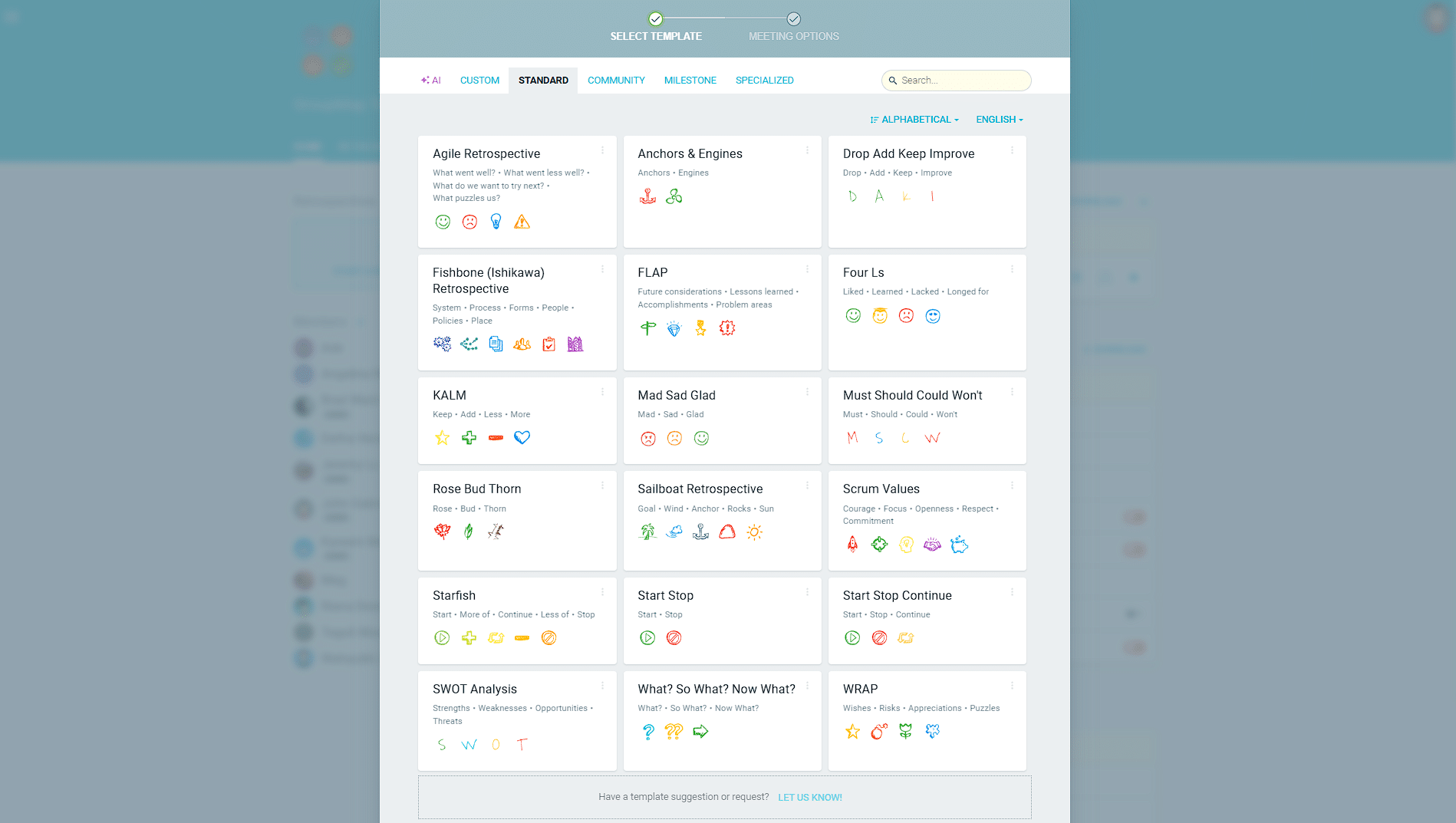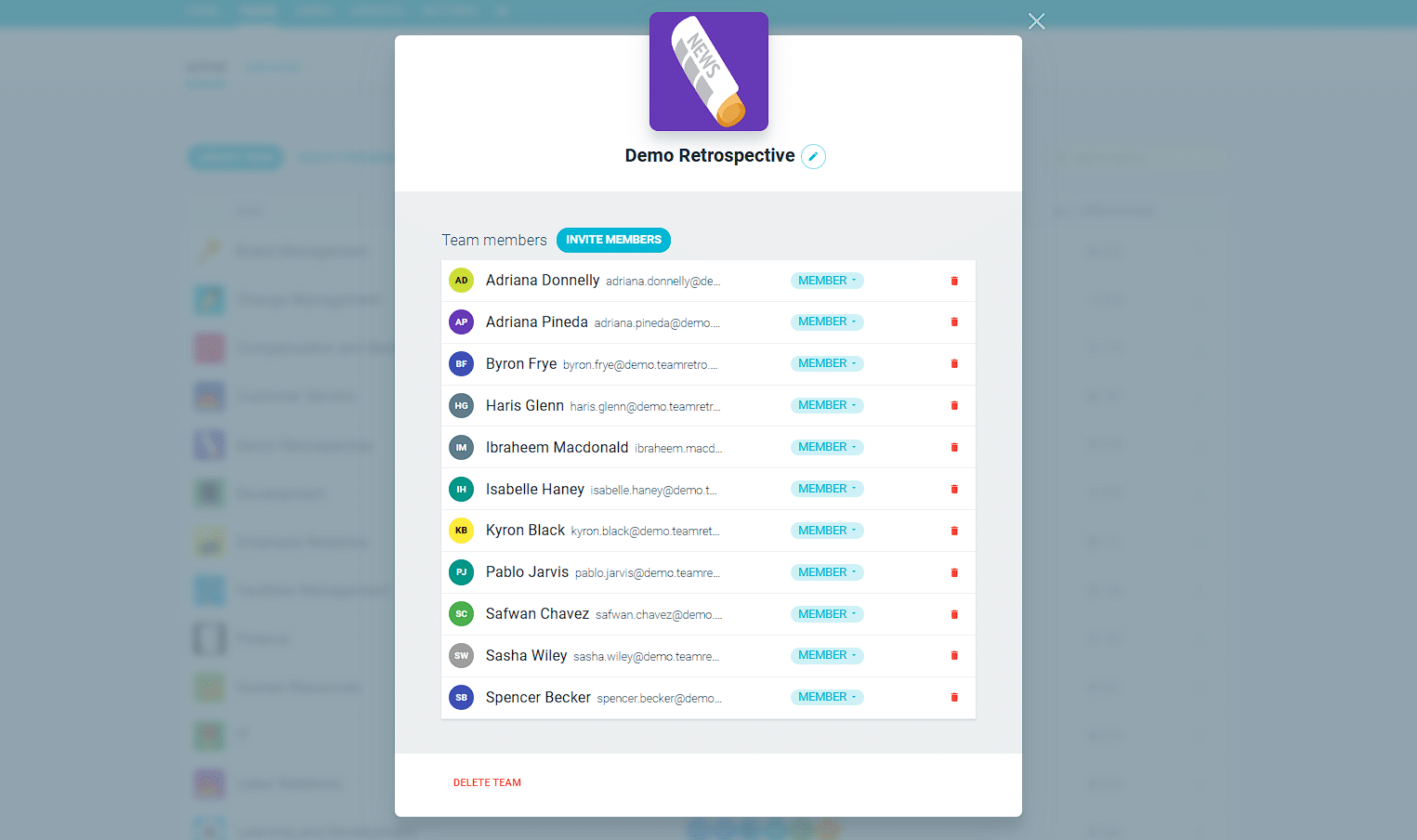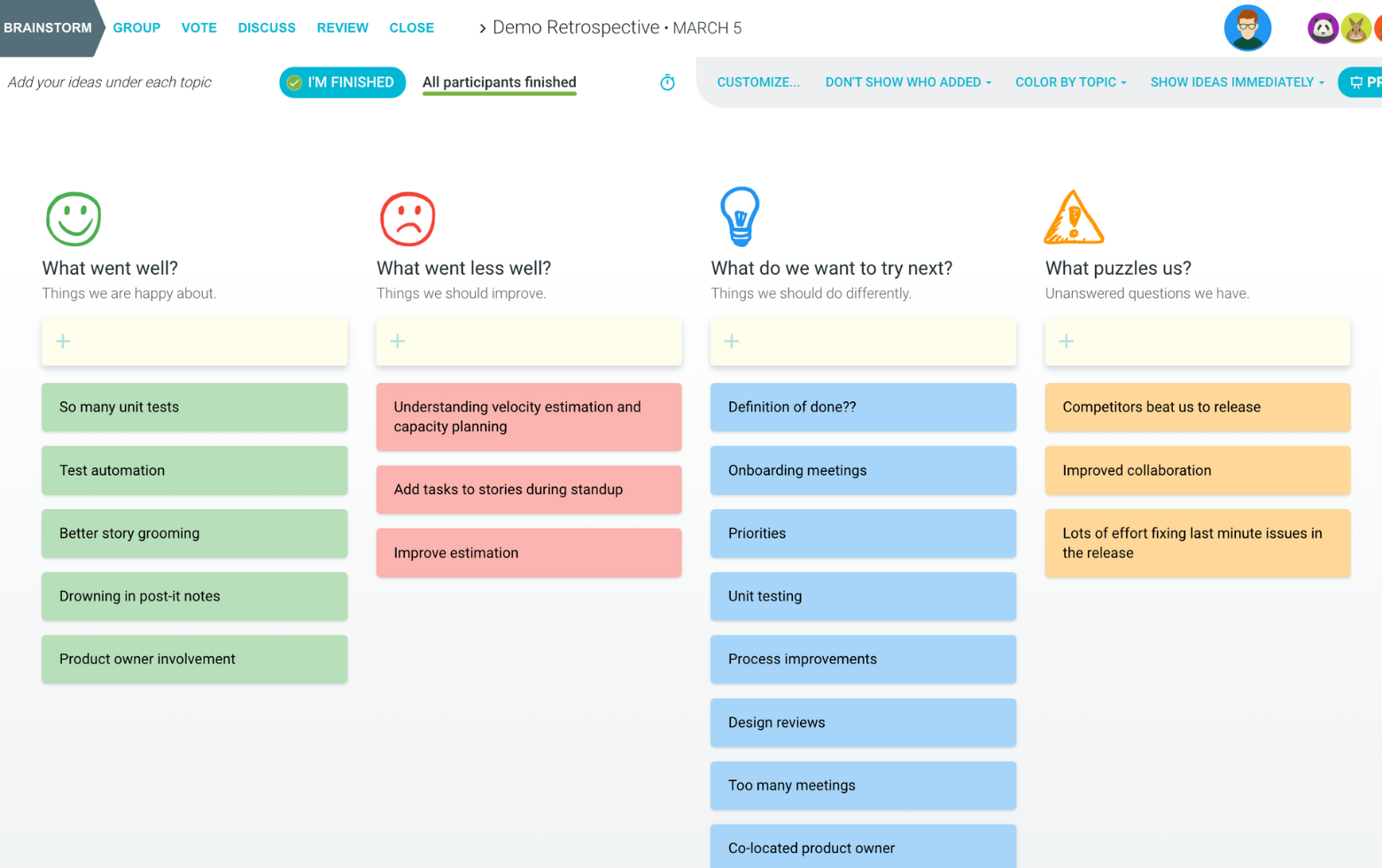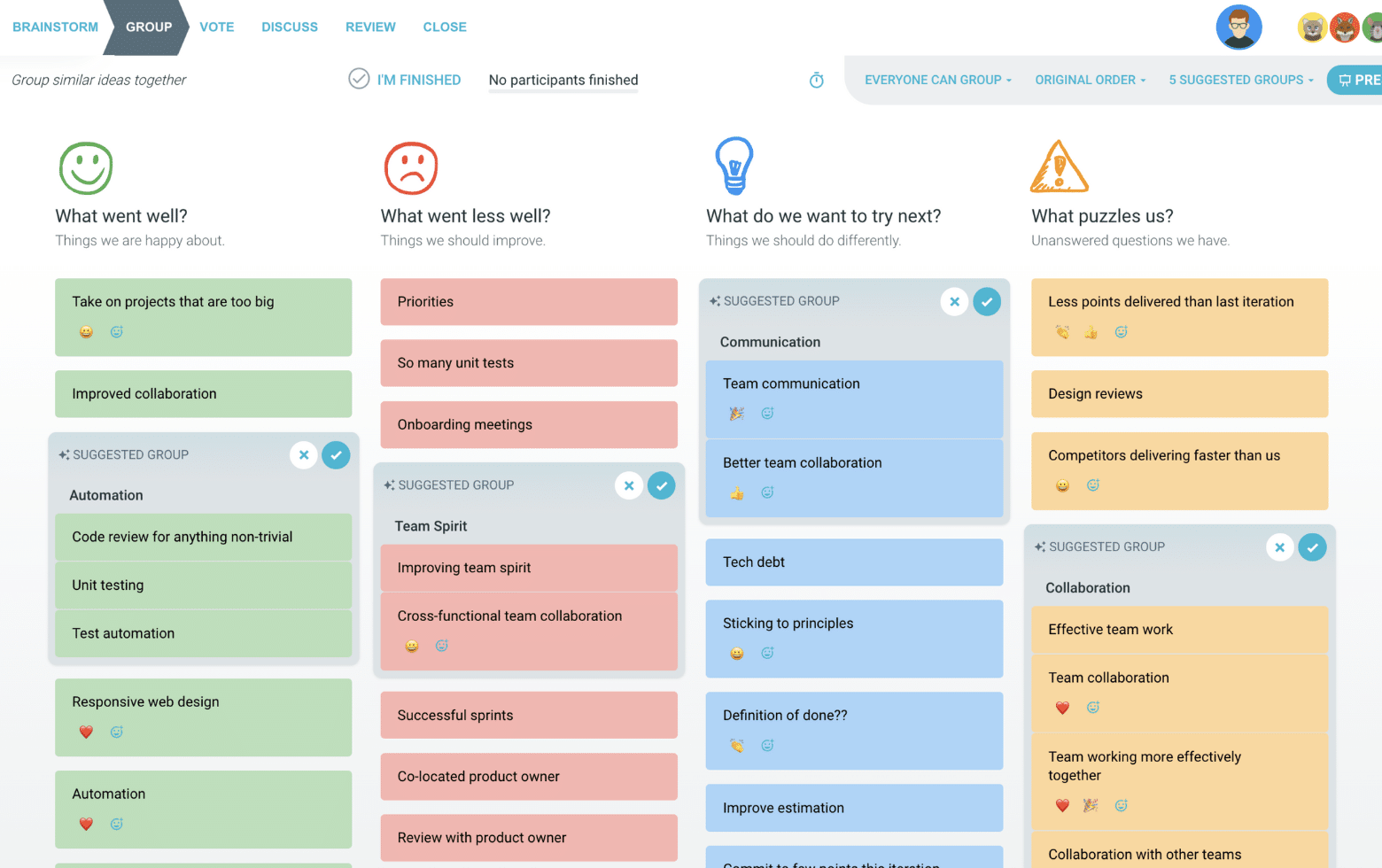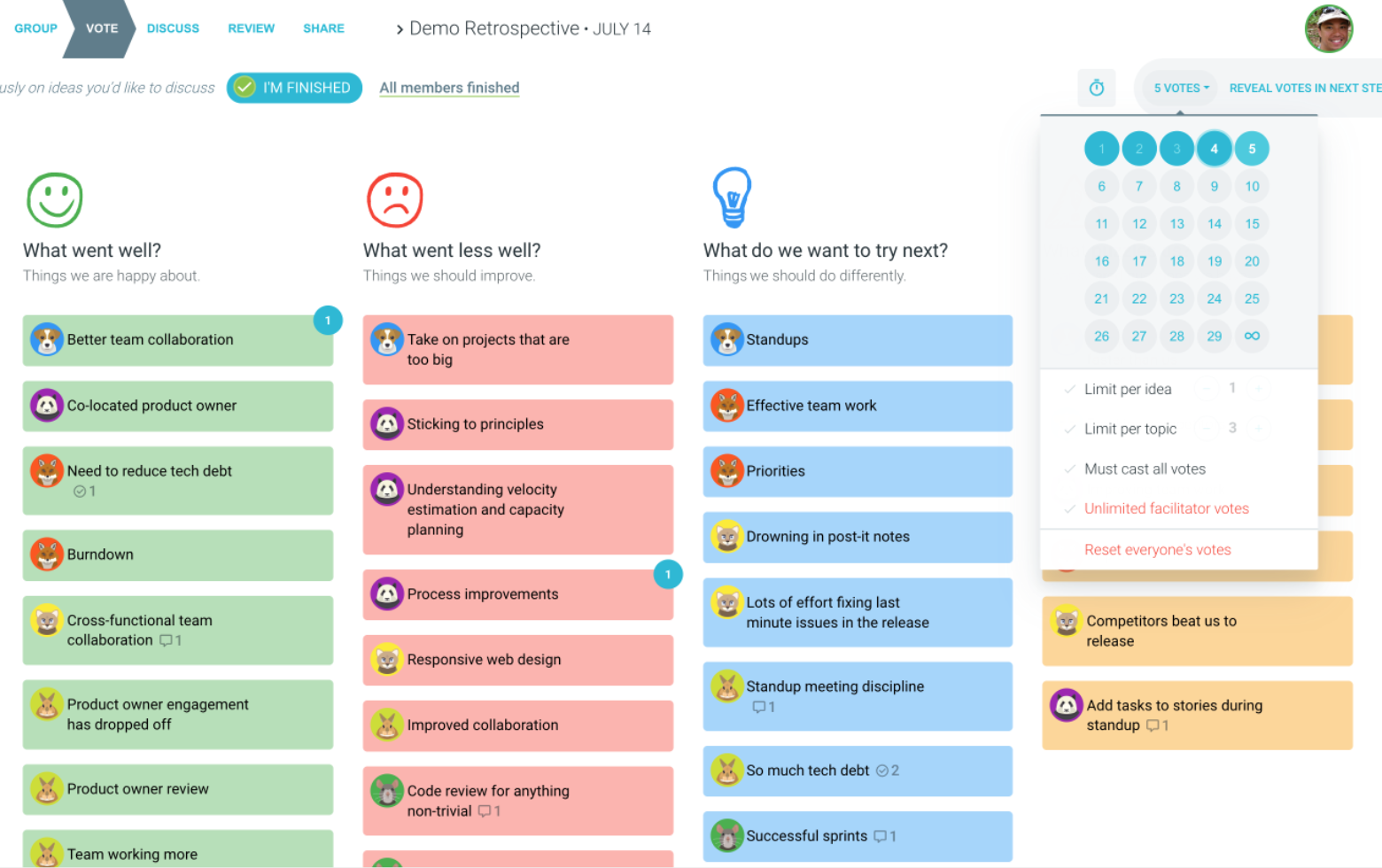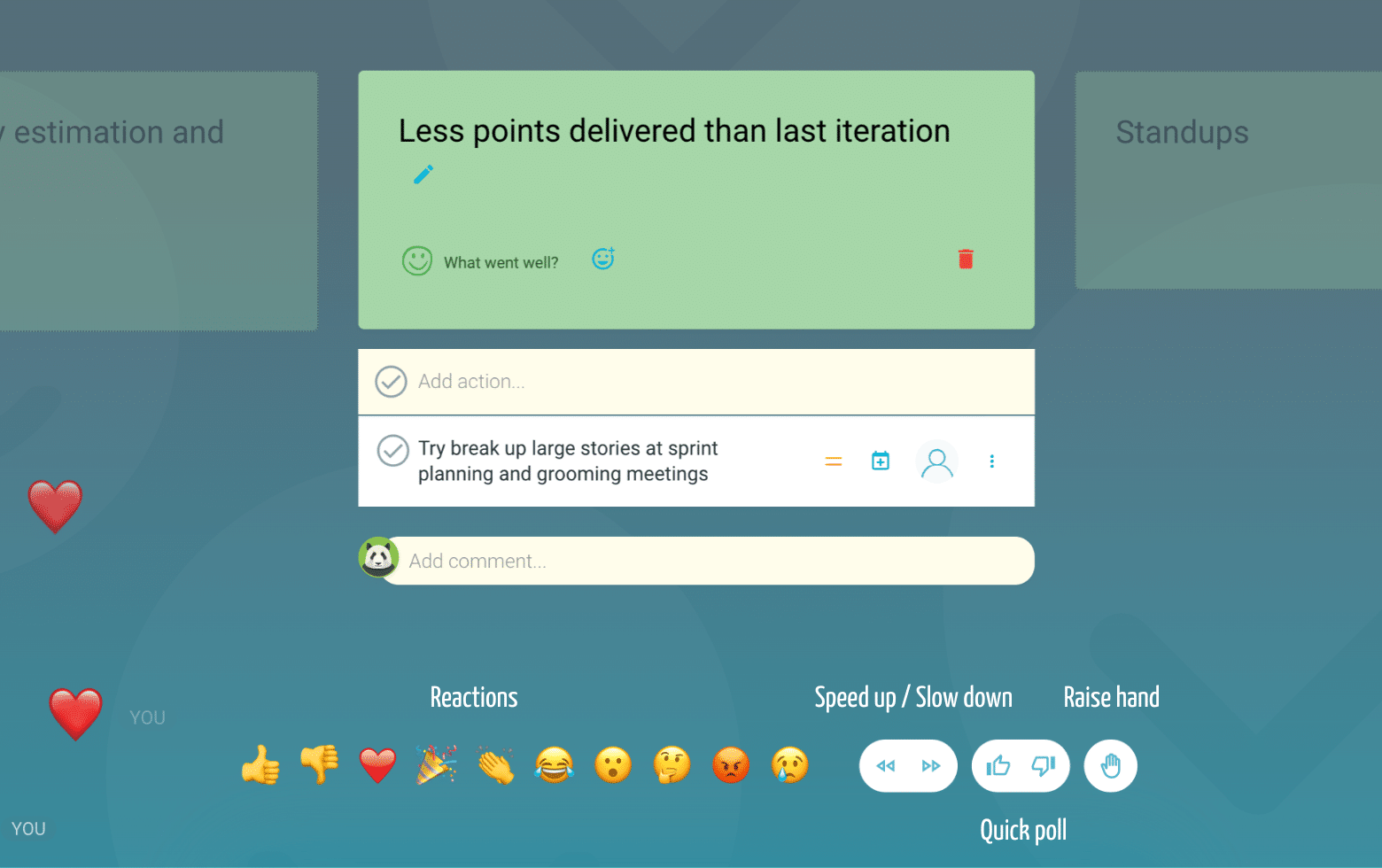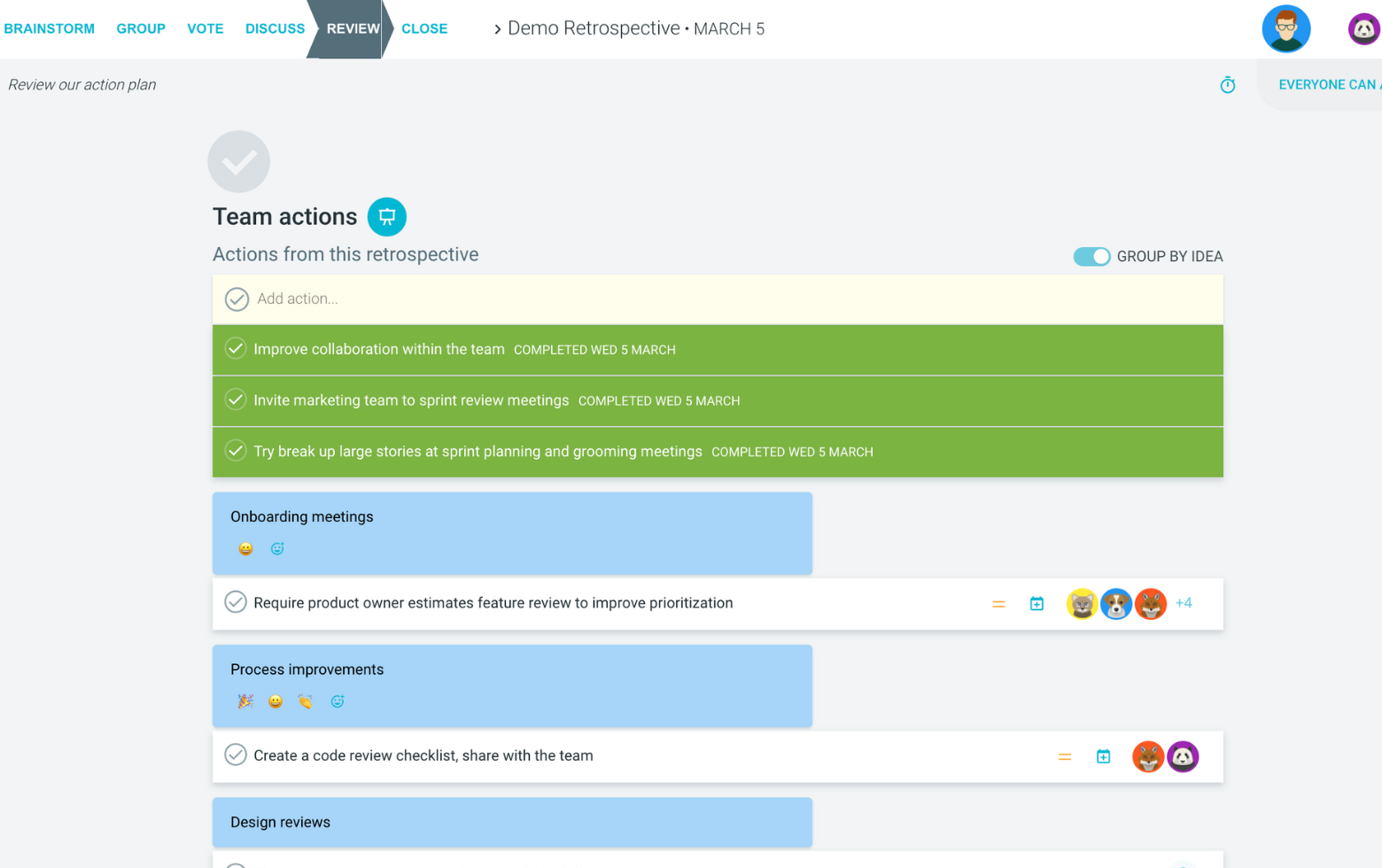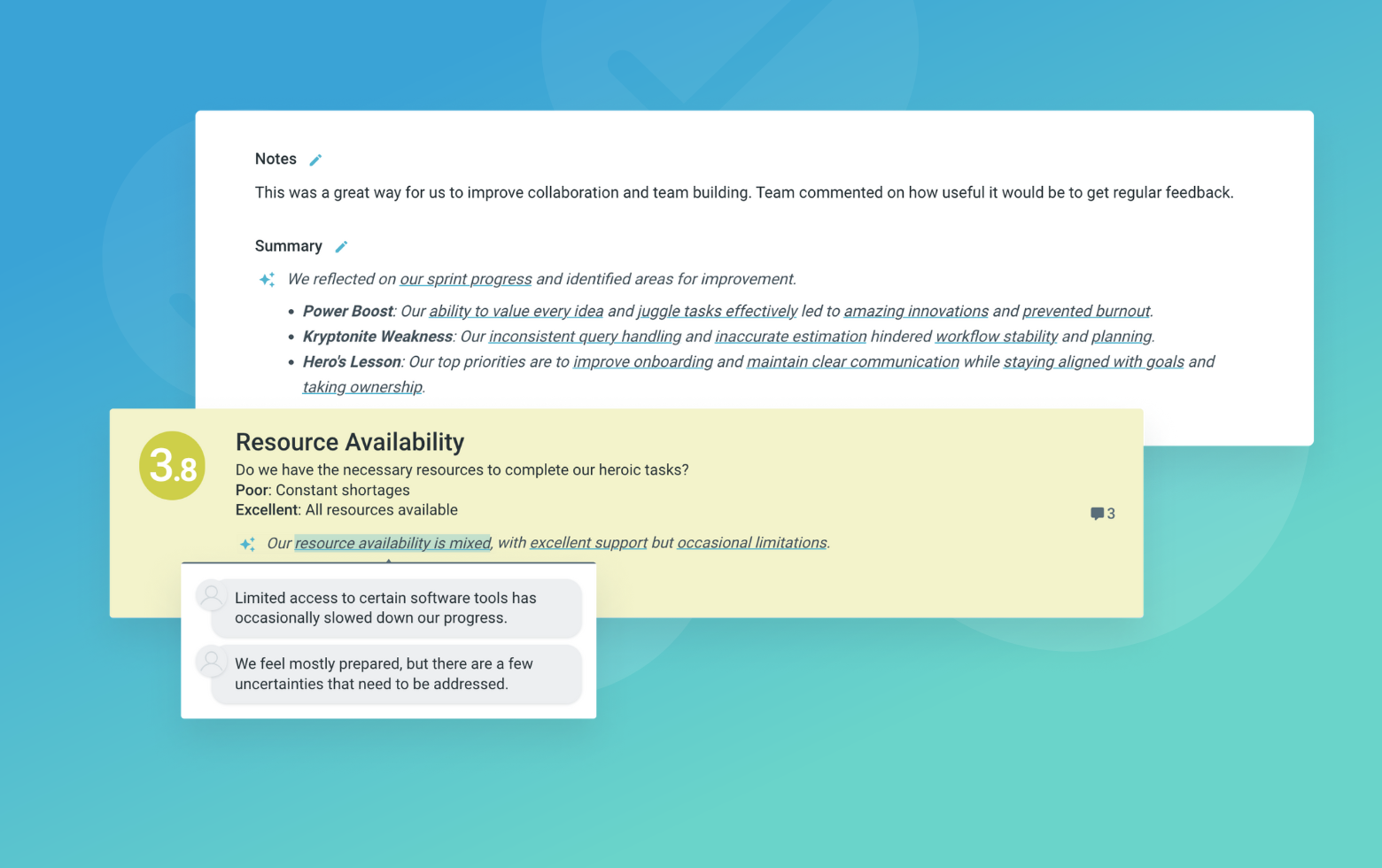The Volleyball Retrospective uses volleyball game mechanics as metaphors to analyze team performance and collaboration. Drawing parallels between volleyball plays and team dynamics, this engaging format helps teams reflect on their work through a sports lens.
Just as volleyball requires coordinated effort, timing, and strategy, this retrospective framework encourages teams to examine their initiatives (serves), resilience (digs), enablers (sets), achievements (spikes), and risk management (blocks). The sports analogy creates an accessible and engaging way to discuss team dynamics and project outcomes.
This format is particularly effective for teams who enjoy sports metaphors or need a fresh perspective on their retrospective discussions. It helps identify both tactical improvements and strategic opportunities while maintaining an energetic, game-like atmosphere.
What is The Volleyball Retrospective
Serves
What did we start?
Like a serve initiating play in volleyball, these are the initiatives, ideas, or projects we started. Encourage participants to reflect on how well these initiatives were launched and their initial impact.
Digs
What challenges did we reframe?
Like defensive digs in volleyball that keep the ball in play, these represent how the team handled and recovered from challenges. Focus on resilience and adaptability in facing obstacles.
Sets
What set us up for success?
Like setters creating opportunities in volleyball, these are the enablers and support systems that helped the team succeed. Encourage discussion about processes, tools, or practices that enabled better performance.
Spikes
What winning moves did we make?
Like powerful spikes scoring points in volleyball, these are the team's achievements and successes. Focus on celebrating wins and understanding what contributed to these successes.
Blocks
What issues did we prevent?
Like defensive blocks in volleyball, these represent preventive measures and risk mitigation. Encourage discussion about proactive actions that helped avoid potential problems.
Suggested icebreaker questions
- If our team were a volleyball team, what position would you play and why?
- What's your favorite sports moment where teamwork made all the difference?
Ideas and tips for your retrospective meeting
- Encourage participants to think about both individual and team contributions, just like in volleyball where both personal skill and teamwork matter
- Use the volleyball metaphor to maintain an energetic and positive atmosphere throughout the retrospective
- Ensure everyone gets a chance to contribute by 'rotating positions' like in volleyball, giving each person time to speak
- Keep the momentum going by timeboxing each topic discussion, similar to how volleyball games maintain their pace
- Use the sports analogy to discuss failures constructively, focusing on improvement rather than blame
.
How to run effective meetings with TeamRetro
Start Your Session in a Click
Log into TeamRetro and choose your template. Customise questions and the workflow to create your perfect retro for your team.
Create Your Team Easily – No Separate Accounts Needed
Brainstorm Individually – Free From Bias
Smart Grouping for Faster Insights
Fair, Flexible, and Fast Voting
Engage, React, and Capture Key Insights
Walk your team through ideas one by one with Presentation Mode. Stay in sync, spark real-time discussions, and capture feedback with comments, live reactions, and polls—all in one place.
Turn Ideas Into Action
Propose next steps with team buy-in, get AI-powered action suggestions, and keep everything in one place. Committed actions sync to your personal dashboard and integrate with your workflow tools—keeping you on track.
Save, Share, and Stay on Track
Get quick AI-powered summaries, add facilitator notes, and store retrospectives in your library for easy access. Schedule your next session and track published actions to keep your team accountable at the next retro.
Turn Team Data into Actionable Insights
Uncover trends, common themes, and key engagement metrics at a glance. Track sentiment shifts, analyze conversations, and monitor completed actions to drive continuous improvement.
